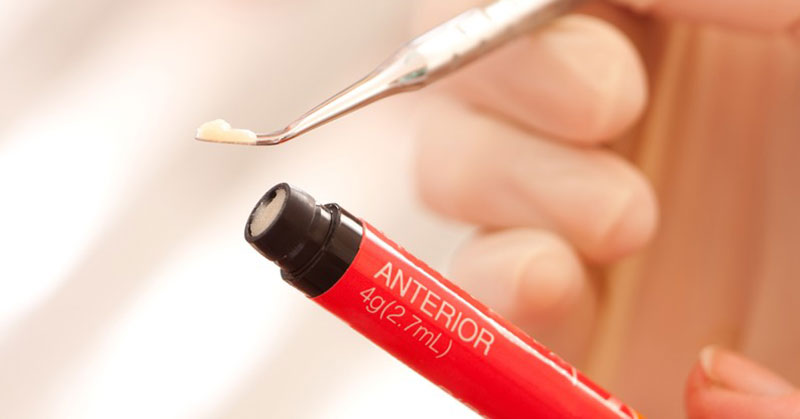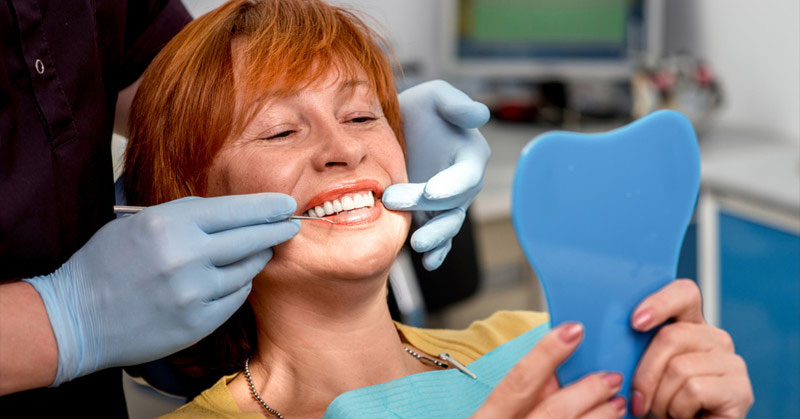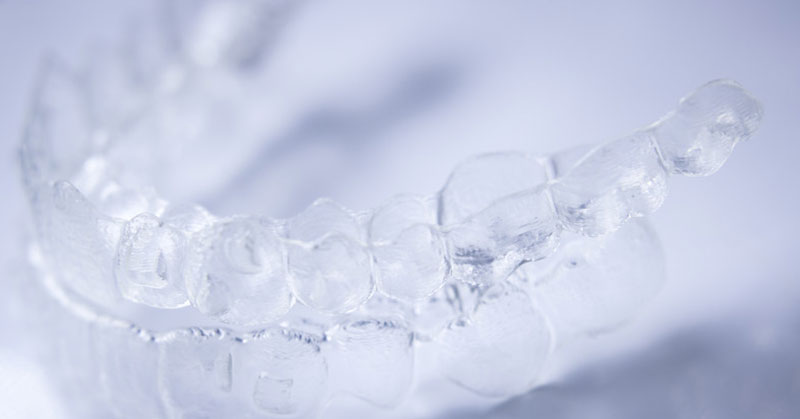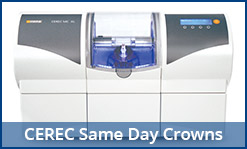One of the most important things you can do to maintain your own good oral health is to brush and floss each and every day. And the sooner a person learns how, the more accustomed that person will become to performing these simple oral hygiene steps every day for the remainder of his or her life. So when it comes to teaching your own kids how to brush their teeth, it’s best to start early.
You can start when your child is a baby. Of course, a baby doesn’t have teeth to brush and wouldn’t be able to do that on her own if she did, but you can help your little one become accustomed to oral hygiene by gently cleaning your baby’s mouth after every meal. Use a clean wet towel or wet gauze to very wipe your baby’s mouth. Xylitol wipes are also an excellent choice.
Later, when your child’s first tooth erupts, you should start brushing the teeth right away. Use a very soft bristled brush and toothpaste specifically for young children. You won’t need much toothpaste – just a pea-sized amount should do for most toddlers. It’s helpful to talk to your child while you brush his teeth, explaining what you’re doing and why you’re doing it. Teach your toddler how to spit out the toothpaste after you’ve completed brushing, and how to swish with water afterward. It may take time for young toddlers to learn, but it’s still important to get your child used to the routine of having their teeth brushed.
Once your child is capable of brushing on her own, teach her how to brush all teeth thoroughly on both the front and back surfaces, using a back-and-forth motion and angling the toothbrush downward toward the gum line. Remind her to also gently brush her tongue surface to remove any bacteria there.
After your child’s baby teeth come in close to one other, teach him to floss every day. Show him how to hold a length of floss between his thumb and index finger, then how to move it between each tooth in a C-shaped curve. Caution him to not press down too hard into the gum tissue, but instead to just use enough pressure to remove any remaining bits of food. Remember, it’s always helpful to explain not only how to brush and floss, but why we do it each day as well.
It’s safe to say that all of us want our children to be happy and healthy throughout their lives. By taking the time to teach your child how to brush and floss on a daily basis, you’ll be setting him or her up for a lifetime of good oral health.





















